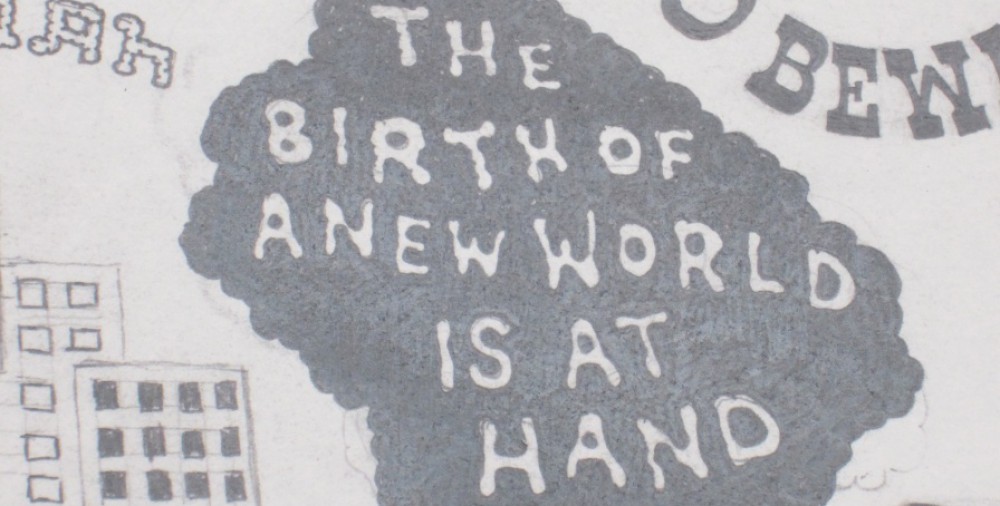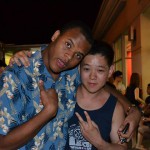What’s up Classmates, My name is Arturo Santiago Gamarra, i Just Turn 20 not to long ago, I’ve lived in Brooklyn all my life. My mother’s Mexican and My Father’s Peruvian making me half Mexican,half Peruvian.This is my second year in city tech going for my bachelor degree in computer engineering. I never really liked school growing up , i never actually thought i’ll make it past high school but i did. After graduating from high school i planned on joining the Marine Corp. but the thought of going away and leaving my mother behind wasn’t worth it so i enrolled in college. My number one goal in life would have to making my mother proud. She means more to me then my life itself. My # 1 passion in life is soccer. i just love the sport. My favorite sport team would have to be Real Madrid and my favorite player would would have to be Cristiano Ronaldo. I’ve been playing this sport since i was 6 , i still could remember my dad taking me to my first game. I’m actually pretty good at it too. I’m actually the youngest in my family i have an older sister and an older brother, who are a pain in the ass but i still love them. i would describe myself as a hard worker , an athlete, outgoing and funny. i actually like making people laugh. not to say that I’m a clown or anything . I’ve been to both Mexico and Peru. I prefer Peru better just because of the life style we live over there, is way better then the one we live in mexico. I’ve learned that in life nothing given to you if you want something you have to work hard for it. What else can i say i really hate reading my favorite books are usually the ones with the most pictures on them. Math would have to be favorite subject although this calculus class is pretty hard. I’m Not really a party person, but I’m down for pretty much everything. i believe you should live life everyday because tomorrow isn’t promise. I believe family comes first , i have 3 cousins actually god brothers that ill die for. There my ride or die people. i pretty much spend most of my times with them well when I’m not working. Money doesn’t grow on trees and my phone bill isn’t gonna pay itself. I really don’t know what else to say. i Have a 2 year old nephew , who i enjoy babysitting at times . What else i almost forgot i Love to eat Italian and Mexican food , just cant get enough of that pasta and them tacos. I believe no one one should ever be judge by there past , every one has there stories. My future goal in life is to actually be someone in life to be remember as someone who did something with there life not no bum that never finished high school or never really did anything with their life. If there’s anything else you wanna know don’t be afraid to ask.
Arturo..





